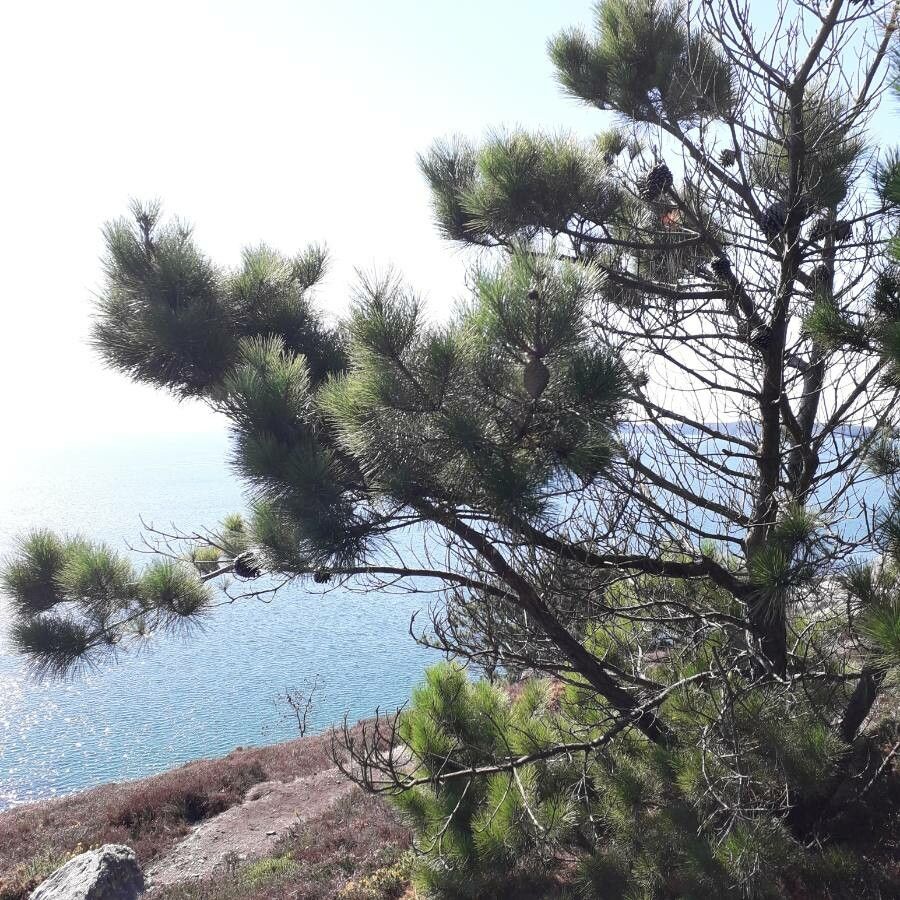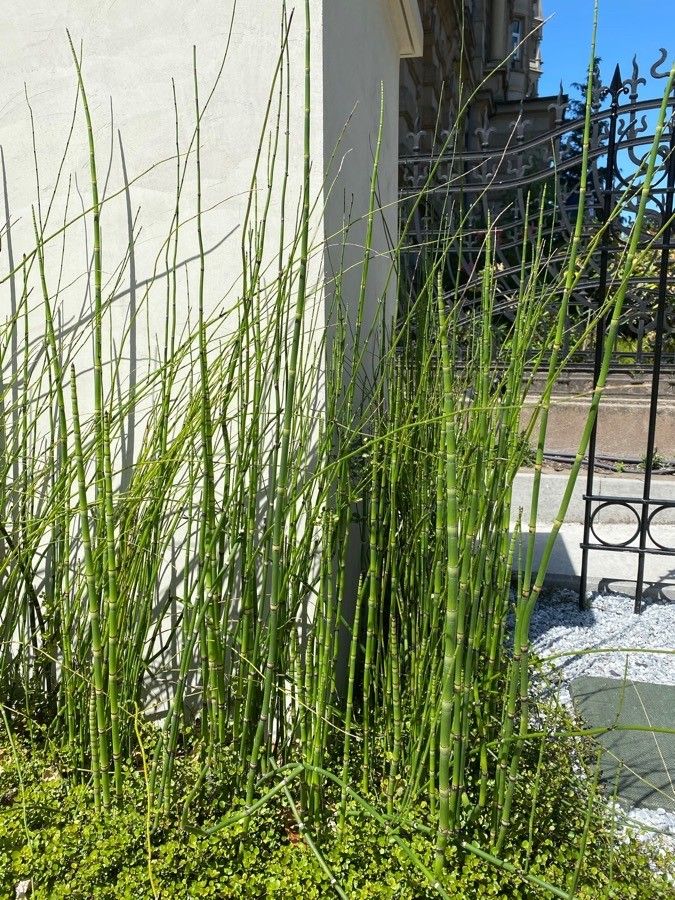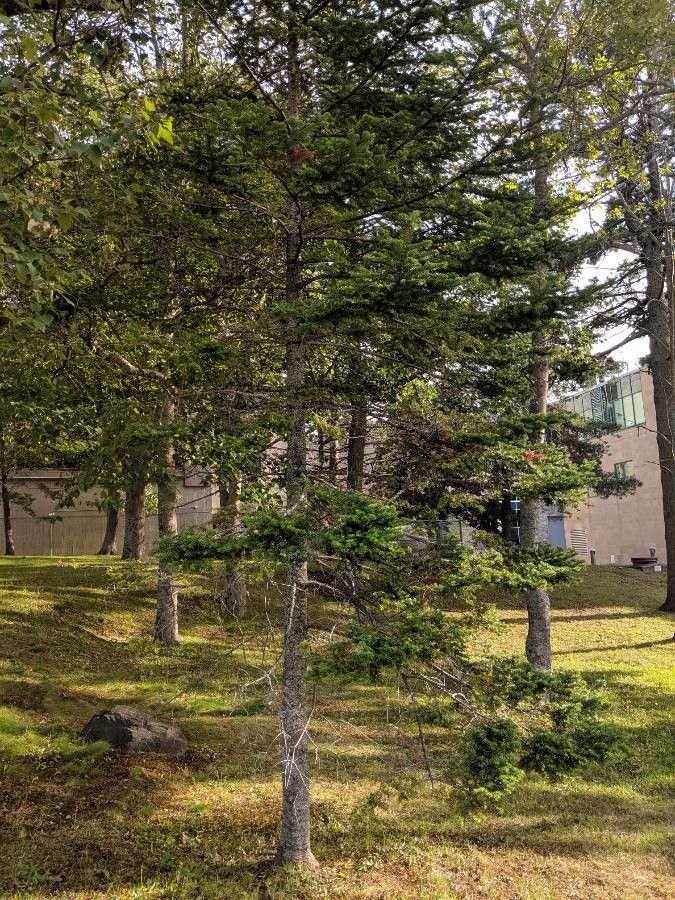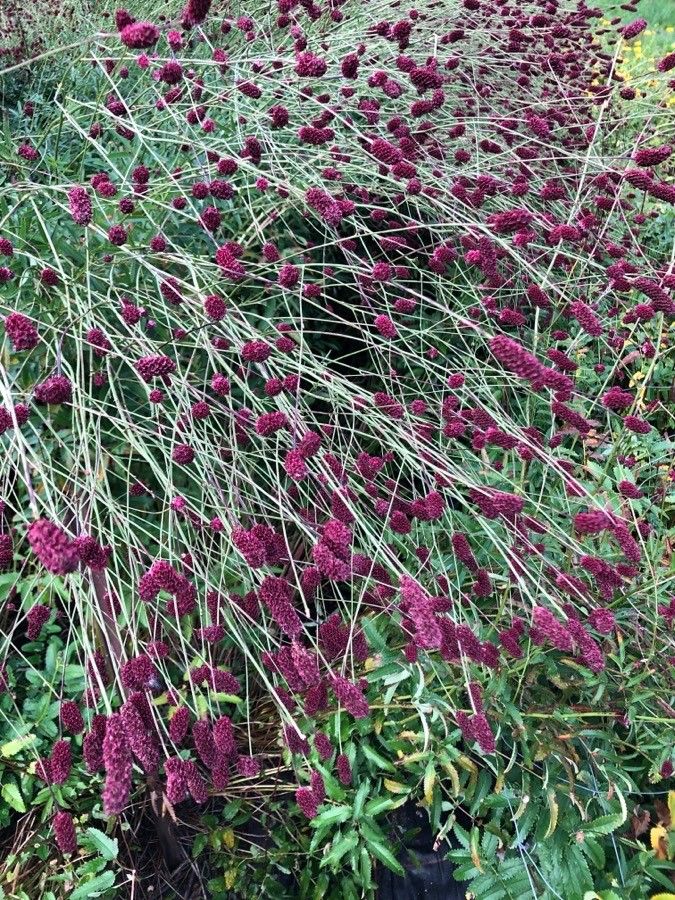### Insignis Pine: A Majestic Evergreen
The Insignis Pine, scientifically known as *Pinus radiata*, is a fast-growing evergreen conifer renowned for its striking appearance and adaptability. Also commonly called Monterey Pine, this species has become a global icon, cultivated across numerous countries for its timber, resin, and aesthetic value. Its graceful form and vibrant green foliage make it a popular choice for landscaping, forestry, and even windbreaks.
### Habitat and Growth
Native to a relatively small coastal region of California and Baja California, the Insignis Pine has proven remarkably adaptable to various climates worldwide. It thrives in temperate regions with mild winters and cool, moist summers. While it prefers full sun exposure, it can tolerate some shade, especially when young. Its rapid growth rate is a key characteristic, making it ideal for quick landscaping projects or reforestation efforts. However, this rapid growth can also lead to a shorter lifespan compared to some other pine species.
### Soil Needs and Water Requirements
Insignis Pines are remarkably tolerant of various soil types, but they prefer well-drained, slightly acidic soil. They dislike waterlogged conditions, which can lead to root rot. Regular watering, particularly during dry spells, is crucial, especially for young trees. Established trees are more drought-tolerant but still benefit from supplemental watering during extended dry periods. Proper drainage is paramount to prevent fungal diseases.
### Uses and Applications
The Insignis Pine has a wide array of applications. Its timber is widely used in construction, furniture making, and pulp production. Its resin is also valuable, used in various industrial processes. Beyond its economic importance, the Insignis Pine is highly prized for its aesthetic qualities. Its dense, dark-green foliage creates a dramatic visual effect, making it an excellent choice for parks, gardens, and windbreaks. Its rapid growth also contributes to its popularity for afforestation programs and the creation of green spaces.
### Pest and Disease Management
Like many pine species, the Insignis Pine is susceptible to various pests and diseases. Common issues include bark beetles, weevils, and fungal infections. Regular inspection and prompt treatment are essential to prevent major infestations or outbreaks. Good cultural practices, such as providing adequate water and sunlight and maintaining soil health, can significantly reduce susceptibility to disease.
### Insignis Pine vs. Other Pine Species
Compared to other pine species, the Insignis Pine distinguishes itself through its rapid growth rate and adaptability. While it might not possess the longevity of some slow-growing species, its rapid establishment makes it a highly efficient choice for reforestation and landscaping projects. Its susceptibility to pests and diseases should also be considered when selecting a pine species for specific purposes.
### Conclusion
The Insignis Pine stands as a testament to the adaptability and versatility of nature. Its remarkable qualities have made it a widely cultivated and valued species across the globe, impacting various industries and landscapes alike. With proper care and attention, the Insignis Pine can thrive and bring its majestic presence to any suitable environment.
Insignis Pine: A Complete Guide

Frequently Asked Questions
How fast does an Insignis Pine grow?
Insignis Pines are known for their rapid growth, often reaching heights of several feet per year, especially in optimal conditions. Growth rate can vary depending on factors like soil, climate, and overall health.
Is Insignis Pine suitable for my garden?
It depends on your garden's size and conditions. While its rapid growth is advantageous, it also means it requires adequate space. Consider its mature size and ensure your soil is well-drained and the location receives sufficient sunlight.


